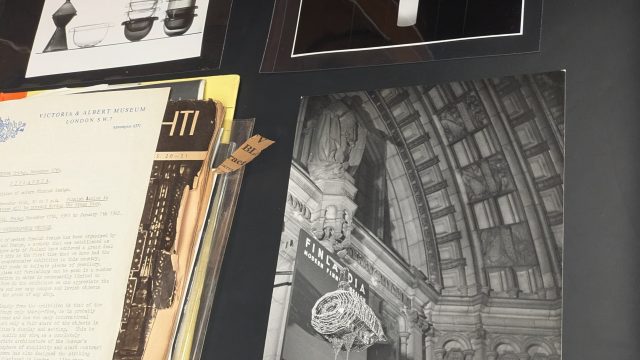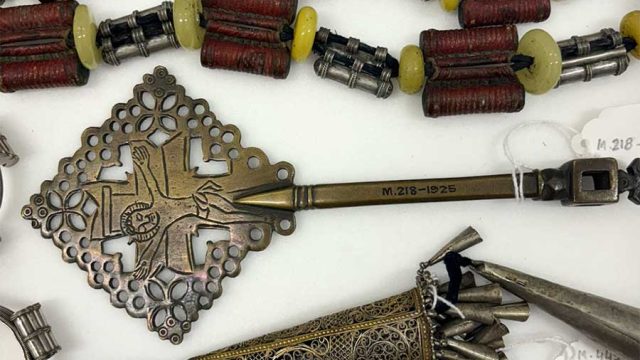An unusual material used on the V&A barniz de Pasto table cabinet.
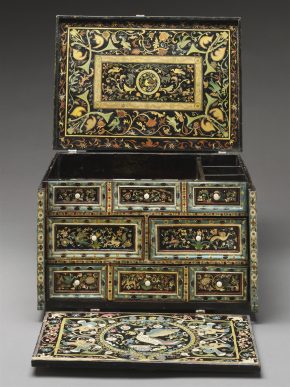
Barniz de Pasto is a type of Iberian American ‘lacquer’ made with a plant resin locally called mopa mopa. Objects decorated with this material are not very common, but the V&A is very lucky to have a barniz de Pasto table cabinet, which already featured in another post.*
The scientific analysis of this very special object took place in the V&A Science Section, and immediately revealed something very surprising: most of the white areas of the decoration contained large amounts of mercury and hardly anything else.
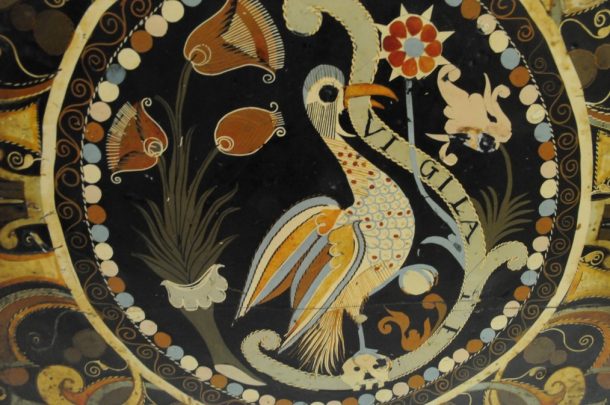
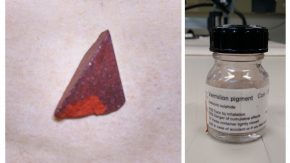
In painted museum objects, we normally associate the presence of mercury with the use of the red pigment vermilion, a traditional painting material used for 1000s of years.
However, we do not normally find mercury in white pigments! Intrigued, we took a tiny sample from a white area and checked what types of paint layers were present.
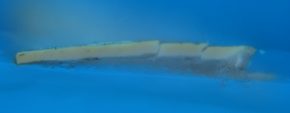
No red there, and no vermilion; but mercury, in the form of calomel (mercury(I) chloride), was still the predominant element in this sample. Calomel has been known for a long time: in spite of its toxicity, it was used for centuries as a cure-all medicine (as a laxative, see for example Dr Benjamin Rush’s Thunderclappers, ‘A purgative of explosive power!’; or as a cure or prophylactic for sexually transmitted diseases, see for example Dough-boy pills). Believe it or not, calomel was also used as make up in Tudor and Stuart England (‘because thou art worth it!’). However, except for a difficult to interpret sentence in a 16th-century treatise, there is no clear recorded use of calomel as a pigment or an artist’s material.
This was an unexpected – and very exciting – discovery. What else could we find out about this ‘mercury white’? Is it truly used only rarely, or has it gone unidentified on other objects so far simply because we did not realise it could be there? More sleuthing in the next episode of the mopa mopa saga!
* Donated by Dr Robert MacLeod Coupe and Heather Coupe in memory of their brother, Philip MacLeod Coupe.
Further reading:
Burgio et al., ‘Identification, characterisation and mapping of calomel as ‘mercury white’, a previously undocumented pigment from South America, and its use on a barniz de Pasto cabinet at the Victoria and Albert Museum’, Microchemical Journal, volume 143, December 2018, pages 220–7
